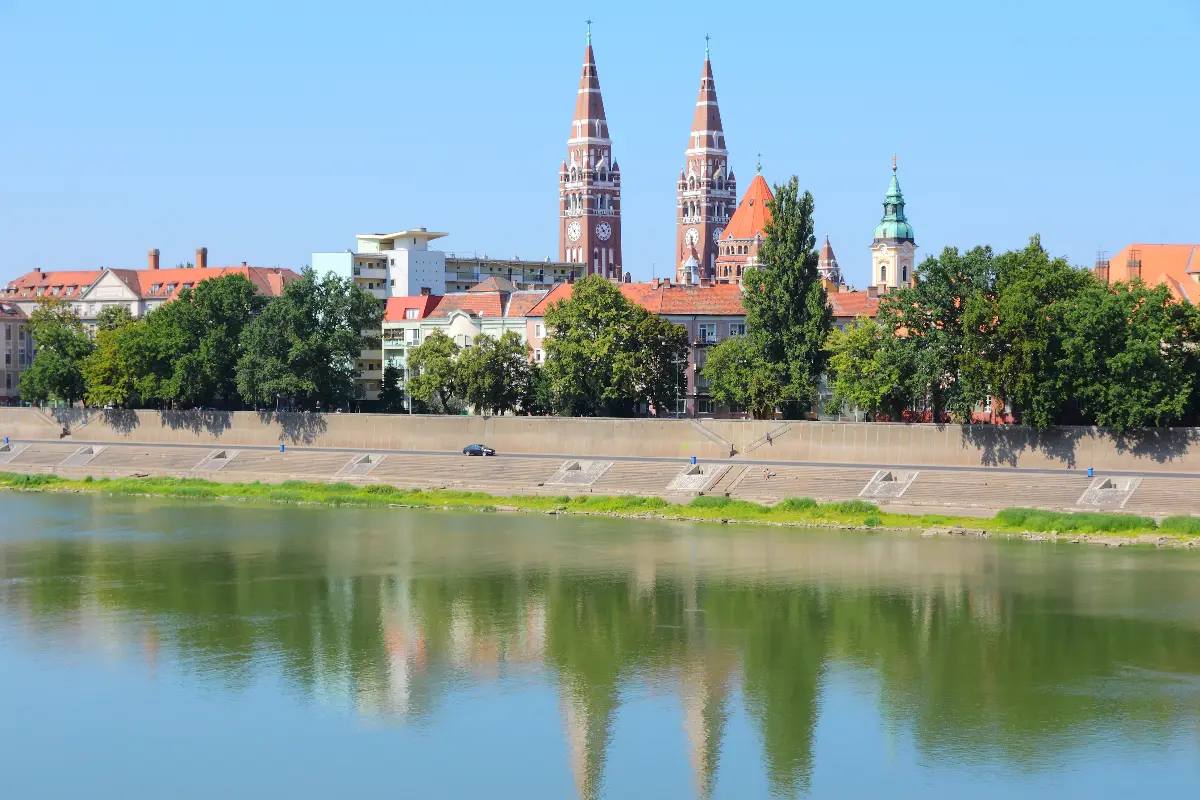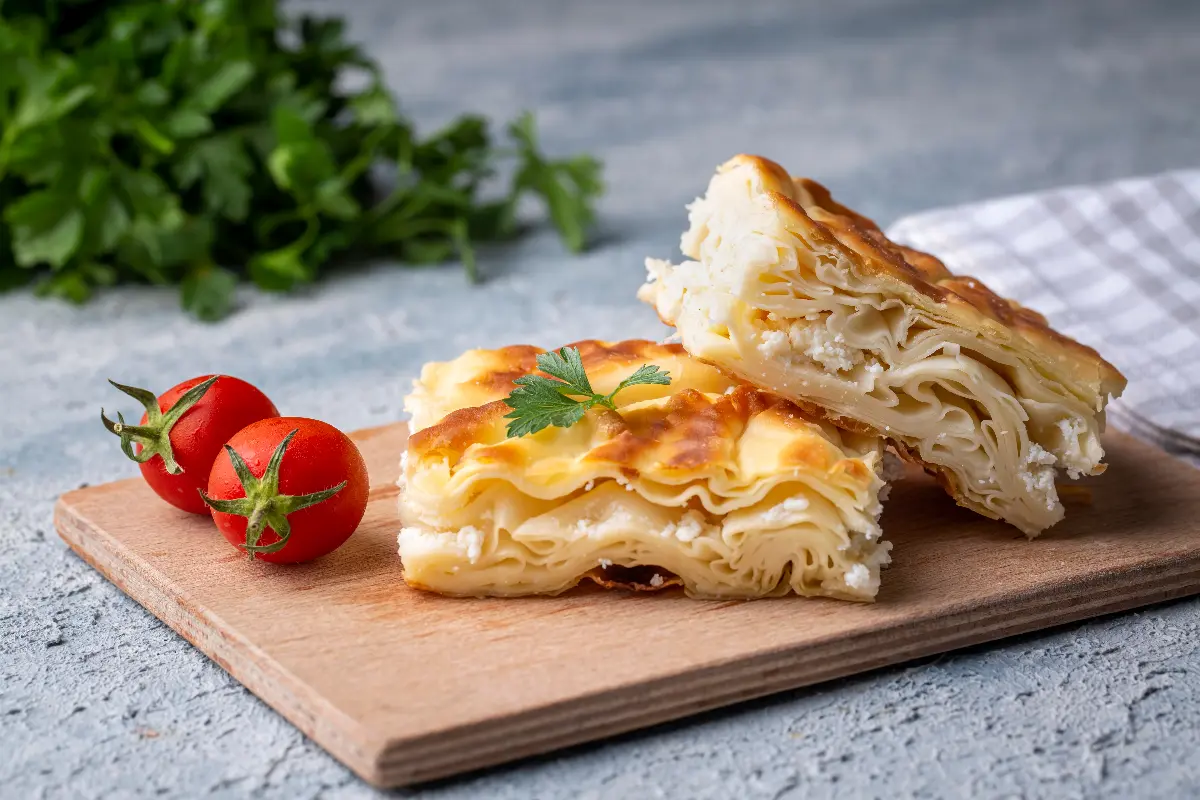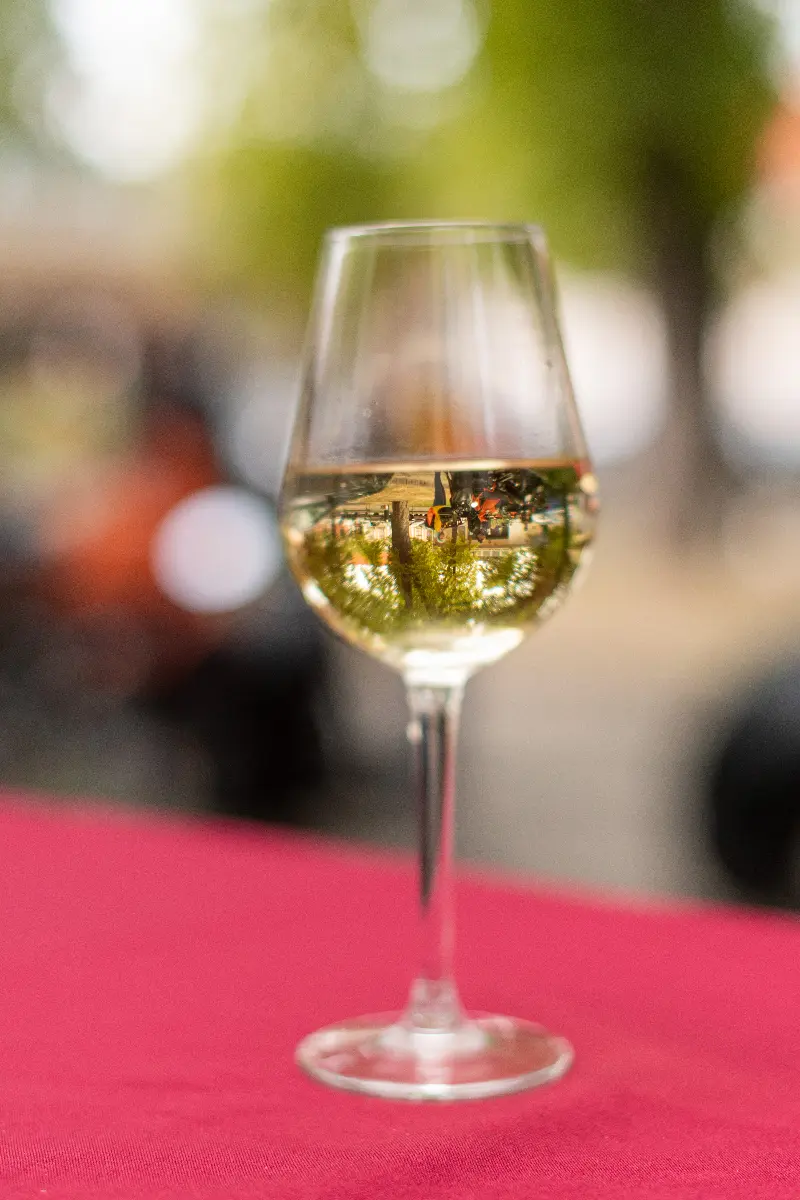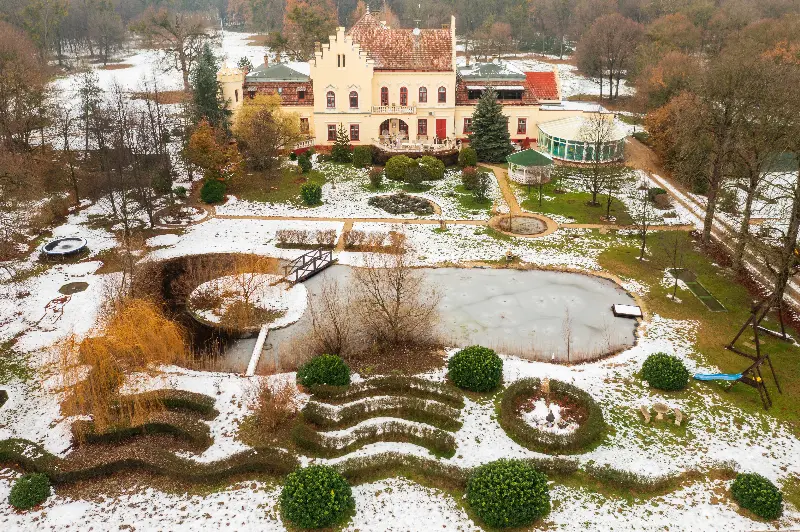
Helyszín címkék:
Szeged, the Hungarian capital city of burek
Jászberényi Attila
A pastry called burek is the common denominator in the Balkans from Slovenia to Istanbul. Anyone who has already had breakfast on the Dalmatian coast, in a Bosnian village embedded in the mountains or in a Serbian big city knows what we are talking about, but those who do not know, they should urgently make up for it, because if you taste it, you will become addicted, anyway. In fact, it is a layered, strudel-like dish of Turkish origin, with rather salty cottage cheese filling in Croatia and minced meat-onion filling in Serbia, made in a complicated way. It is typically consumed with liquid yogurt, a bite of burek, a sip of yogurt, as a real South Slavic person put it:
“At our place, you get up, eat a pound of burek, drink two yoghurts and go to work."
In Hungary, it could have been found first in Szeged, then in Pécs, which had a more intimate relationship with the south (Balkán Bisztró,) but some years ago the field of operation for burek troops advanced to Budapest, at least to Kőbánya. The real burek can only be made in the original way. The dough is nothing special, flour, salt, water, yeast (zero milk, eggs, etc.), rest. But the work comes after that. From a fistful of raw material, you must create layers a meter across with the thinness of cigarette paper by spinning the dough, slam it on a greasy marble table with brilliant, manly movements (while enriching it with the actual filling). By the time all three bases are folded into a cake-like shape, there will be about 70-80 sheets (even with sheets of paper it is difficult to model), which is baked and portioned into triangular slices with a special burek knife.
He became a burekmajsztor in eight months
Although the Hungarian capital city of burek is still Szeged. Where the sun really shines, the girls are really pretty, there is a kind of south in the air, a Mediterranean openness and freedom in the minds, Balkan, extreme, wild emotions in the souls. The peculiar ability of the city (and its inhabitants) that it finally tips the balance in its flavour despite of the many and considerable natural and historical cataclysms. The result of the great flood of 1879 is a modern, hyperurban city structure, but the most recently renovated and rebuilt downtown still carry the feel of a lovely, liveable small town in the south. The city owes a large number of well-educated and mentally fertile new-minded citizens from Szeged to Trianon and the relocation of the University of Kolozsvár. And the South Slavic Civil War, with its refugees who became entrepreneurs and (forced) shopping tourists, resulted in economic recovery, a lot of money, a little crime, but much more multicultural mentality and gastronomic diversity. Zoltán Halász, the first Hungarian burek master established here the first burek bakery in the country. Zoli, a native of Szeged and originally an electrician, went to Subotica a lot to do business in the times around the change of regime and fell in love with the burek. So much so that in 1992 he opened the first burek workshop in the country, and in a long eight months he was learning the profession with a lot of effort from a Macedonian friend. Then he sold it to continue his burek career in a bakery in Kőbánya.

The croissant of the former Yugoslavia is now promoted by a couple at the Burek Bakery in Szeged. The secret of the most popular salt and cottage cheese version is the hard-to-shoot “sloppiness factor” of how well the filling diluted with yoghurt soaks the outside. This is the essence of the science of burek, and the classic recipe that begins like this: take an Albanian baker... Vali Brunner and Zsolt Teimel differed from the classic recipe in this. The original vintner Vali and the restaurateur Zsolt dropped into the burek business by a conscious, prepared decision, to change profile and lifestyle. In 2014, they took over the first business founded by Zoltán Halász, in the midst of the South Slavic war. Since then, they come at 4 in the morning, they go home at 7 in the evening, Vali is at the counter, Zsolt works in production as a baker apprentice beside the southern master. After a study tour in Subotica and due to the local college students’ encouragement, they expanded the variety of fillings, now there is burek with apple, cherry, ham-cheese filling and flavour of pizza, but their other products, such as the giant scone made with pork crackling is popular all over the city. They believe in fragrance marketing, something is always baked, everything is always fresh. At the same time, most of the turnover is still given by the excellent naming pasta sprinkled with artisanal drinking yoghurt. Customers come from Pest and Dunaújváros, they get a phone call asking them to “bake six (of course a cake-sized whole), we’ll be there for it in the afternoon”, but the fresh, hot, layered wonder is often ordered for lunch. But it was also taken by car from Szeged to London as a gift.

There are two more burek units in the city, and they follow the first point of the recipe, so the owner and burekmaster are from Kosovo Albanians, the two shops of the Snail Bakery can be found next to the railway station and in the Upper city, it is also recommended to test their pizza-cheese snail. Once we're there, let’s not forget the great southern wines, which are also relatively limited in availability. Szeged has the only wine shop in the country with Croatian wines, offering special savignon blancs from Szerém, tramines and red wines with the scent of the sea from Peljesac peninsula Mediterra Wine Bar.






